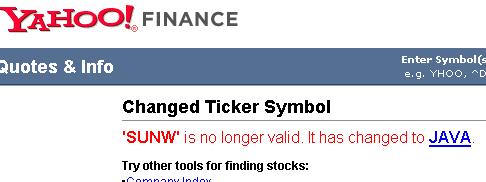Tue 4 Sep 2007
Here are some books that I consider pivotal in my financial education:
- Fooled by Randomness by Nassim Nicholas Taleb – I’m also currently reading his new book, The Black Swan, that is somewhat a sequal to FbR and promises to be just as good.
- Education of?A Speculator & Practical Speculation by Victor?Niederhoffer -?Not all teachers need to be successes.
- Option Volatility & Pricing?by Sheldon Natenburg – The ultimate reference for options. It saddens me that his recent release is such crap fluff.
- The Trading Game by Ryan Jones – While I finally concluded that the exact method of?position sizing?taught in this book is often not the best, it brought my attention to the importance and?complexities of position?sizing.?
- The?Options Edge?by William Gallacher?- Forever changed the way I thought about options and helped me to think outside the box. Sends all the “greeks” home on the slow boat to Greece.
- Evidence-Based Technical Analysis by David R. Aronson – A cold, slap in the face. Teaches you to apply the scientific method to any trading ideas you may have.
- Running Money by Andrew Kessler – Reads like a novel and opens the mind. Worth it just for the thesis on the modern economy alone.
- When Genius Failed by Roger Lowenstein – I can only hope and try not to repeat these mistakes. Are we doomed to?
- All Your Worth by Elizabeth Warren & Amelia Warren Tyagi – You can’t forget personal finance. This is the clearest, most original & effective approach to personal finance and budgeting that I’ve come across. It does away with line-item budgets and instead focuses you on balancing your money. This way you always live well and live well within your means.
- The 4-Hour Workweek by Timothy Ferriss – Work less, earn more and live anywhere. Yeah right! Live it, if you dare.
- The rest of my influence comes from the world of academic journals. There are too many to mention but I generally recommend that you make a regular habit of scooping as many free research articles about finance off the web as you can.
From this list, you might think I’m an options trader but I’m not really. It just seems that some of the strongest writing and thinking about markets has come from options traders. And I know it’s a short list, but there is so much trash in financial writing that it makes sense to me that, at the end of the day, only a few gems would shine.
